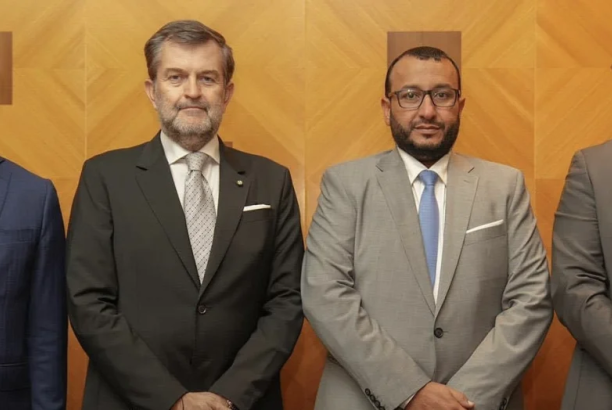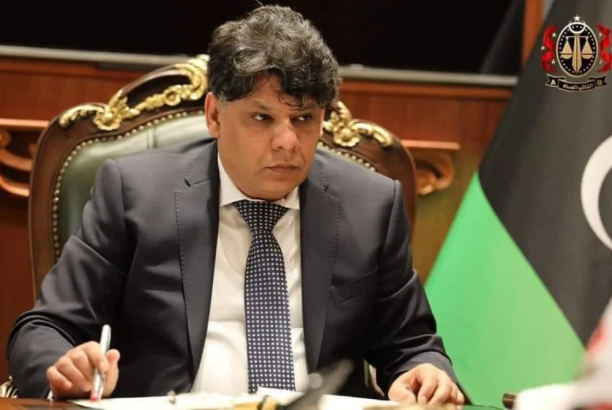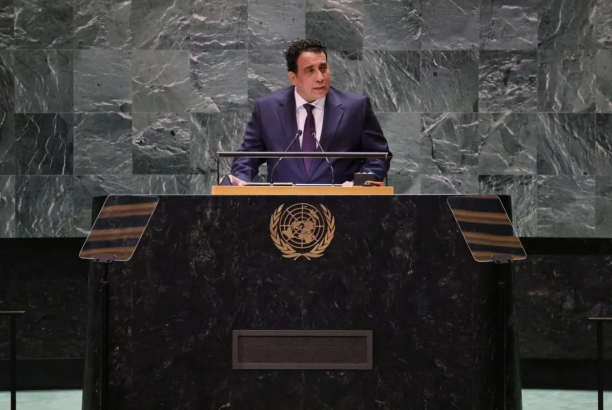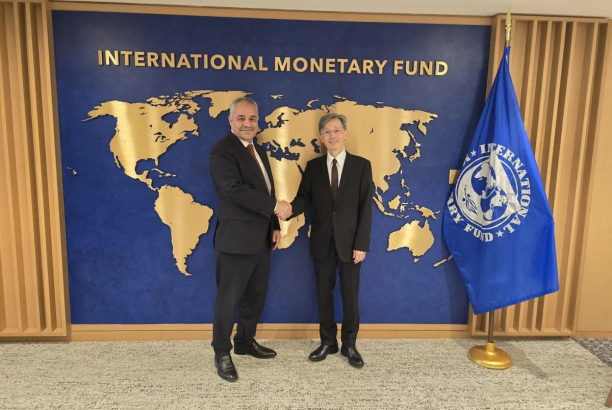Attention is once again focused on Libya as the political process being convened by the United Nations (UN) has agreed the appointment of a new interim government to see Libya through to elections at the end of 2021, according to a report published by Chatham House, an independent policy institute based in London..
But, while the ongoing failure of governance in Libya continues to make international headlines, the impact it leaves on the management of Libyan state assets overseas receives minimal coverage – even though this impact is highly significant for the people of Libya.
Since 2006, the country’s investments in global markets have been made principally through a sovereign wealth fund – the Libyan Investment Authority (LIA). And yet, after all this time, it remains unclear precisely what the total value of the LIA’s assets are, even to its current leadership. The commonly-cited estimate of the LIA’s value is $67 billion.
Problems of structure and governance have persisted as the LIA struggles to escape the legacy of the Muammar Gaddafi regime. The LIA was formed not just as a means of allocating the windfall from the sale of oil and gas for the benefit of future generations, but also as a tool for distributing patronage and leveraging political influence.
Since the 2011 revolution, the LIA has been a battleground. Interests entrenched from the Gaddafi era have sought to preserve their stake while new actors work to wrestle control of parts of the organization. And these Libyan battles have been exported to courtrooms around the world – from London to the Cayman Islands – while the UN asset freeze on the LIA does not in reality cover all of its structure, meaning some elements remain up for grabs.
Examining these dynamics, and the story of how the LIA came to prominence, provides extraordinary insight into what has happened to the wealth of the Libyan population, as well as highlighting what external states – in whose markets the LIA still engages – should be doing about it.
In 1977, the Italian car giant Fiat was struggling. On the hunt for investment it obtained $400m from Libya, the country’s first such major investment. The resulting shares in Fiat were held by the Libyan Arab Foreign Investment Company (LAFICO). But as Fiat’s fortunes improved in the 1980s, it reportedly feared that the Libyan investment could be an impediment to entering the US market because of allegations at the time of Libyan support for international terrorism.
Libya sold its shares in 1986 for $3 billion, a huge profit, which was placed in a new investment vehicle, the Long-Term Portfolio (LTP). But sinking global oil prices and the sanctions on Libya following the 1988 Lockerbie incident made similar international forays difficult. Although the OilInvest Group emerged in 1988 after the Libyan state purchased Tamoil – a fuel refining and distribution company – the imposition of sanctions in 1992 saw Tamoil’s corporate structure amended to place the majority of its shareholding into non-Libyan ownership, seemingly to insulate the company from the impact of the sanctions.
More was possible in African markets, to which Gaddafi pivoted to further his political influence, and a stream of investments overseen by Bashir Saleh – known as ‘Gaddafi’s banker’ – were made before being formalized as the Libya Africa Investment Portfolio (LAIP) in 2006. By now a significant surplus was being generated, but Libya’s budget remained under strict control as oil prices were high and running costs low – so the ‘mujanib’, essentially meaning ‘leftovers’, needed investing somewhere.
At the time, the Libyan market had limited absorptive capacity and the rather frugal leadership of Libya’s existing sovereign institutions were cautious. But a younger group of leaders, including individuals such as former Libyan prime minister Shukri Ghanem, argued for the establishment of a sovereign wealth fund. In 2006, a resolution within Libya’s then legislature, the General Peoples Committee (GPC), created the Libyan Investment Authority (LIA) as an investment department for regular and alternative investments, with around $8 billion of funds.




